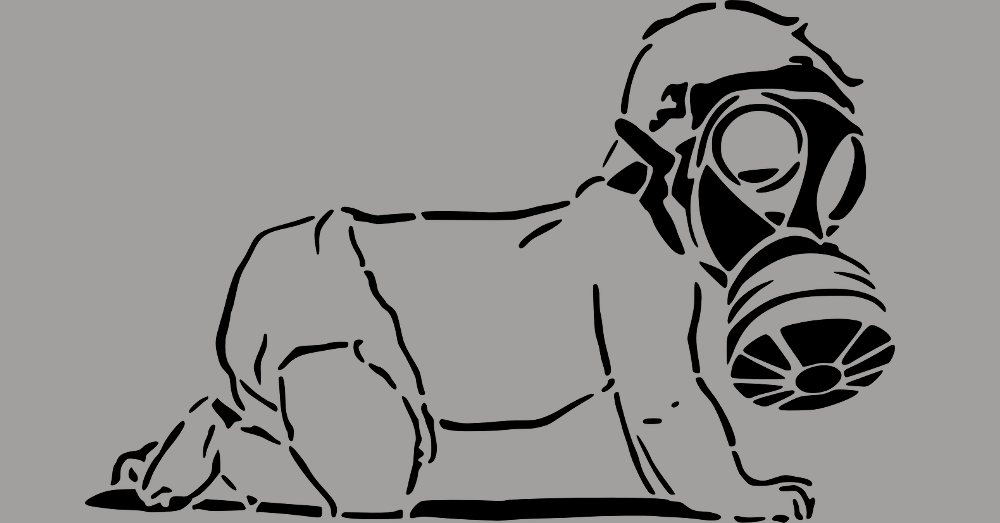
20 Common Chemicals and Pollutants That Can Increase the Risk of Cancer–Particularly in Children
Most childhood cancer is diagnosed during the child’s first five years of life, with a peak incidence during the first year. The most common childhood cancer is leukemia, followed by lymphomas and brain cancers.
There are known links between toxic chemicals and childhood cancers, but much more research is necessary to determine why childhood cancer is on the rise. Since many childhood cancers appear early in the child’s life, research is focusing attention on prenatal exposures to cancer-causing agents as one piece in the puzzle of rising numbers of childhood cancer.
January 27, 2018 | Source: AlterNet | by Philip J. Landrigan, Oxford University Press
Many cancer-causing substances are lurking all around us.
The following excerpt is from Children and Environmental Toxins: What Everyone Needs to Know, by Philip J Landrigan and Mary M. Landrigan (Oxford University Press, 2018). Reprinted with permission.
Most childhood cancer is diagnosed during the child’s first five years of life, with a peak incidence during the first year. The most common childhood cancer is leukemia, followed by lymphomas and brain cancers.
There are known links between toxic chemicals and childhood cancers, but much more research is necessary to determine why childhood cancer is on the rise. Since many childhood cancers appear early in the child’s life, research is focusing attention on prenatal exposures to cancer-causing agents as one piece in the puzzle of rising numbers of childhood cancer.
There are a number of known carcinogens (cancer-causing substances) that can increase the risk of cancer in children and adults. A partial list of carcinogens are discussed here in brief snapshots that incorporate information from the International agency for Research on Cancer, the National Cancer Institute, the Environmental Protection Agency, and the Centers for Disease Control and Prevention.
Aflatoxins are a group of toxic chemicals produced in warm, damp climates by various types of fungi and molds that grow on peanuts, corn, and other nuts. Aflatoxins can cause liver cancer in people who ingest contaminated food products. Cancer risk is greatest in people with liver damage or chronic infection with hepatitis B. Children can be exposed to aflatoxins in peanut butter made from peanuts contaminated with the fungus.
Air pollution is the aerosolized “toxic chemical soup” that we now all breathe. Outdoor air pollution includes breathable fine particulates of soot from vehicle exhaust and industrial smokestacks, as well toxic gases from fuel combustion—carbon dioxide, nitrogen oxides, carbon monoxides, and other chemical compounds. The reaction of these fine particulates and toxic gases with ground-level ozone, a respiratory irritant formed when ultraviolet light or electrical discharges react with oxygen, produces urban smog. Outdoor air pollution is a carcinogen.
